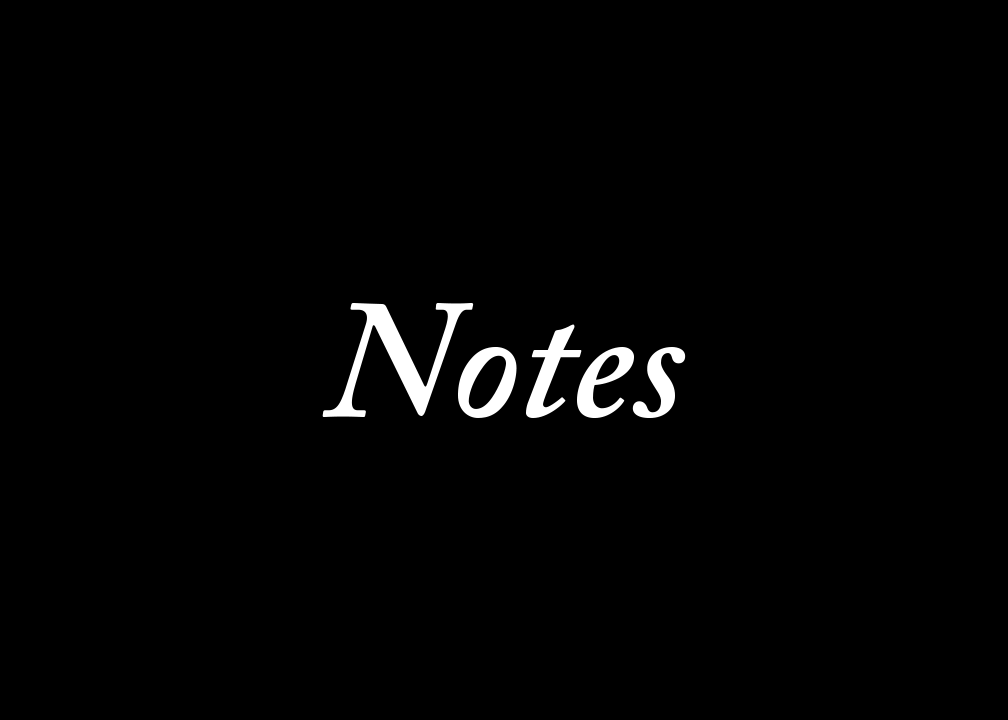When South Side Weekly editors saw the first reports of George Floyd’s murder coming out of Minneapolis, it shook us, and it gave us flashbacks to the police coverup of Laquan McDonald’s killing and the repeated trampling of Black bodies that Americans are especially privy to in the twenty-four-hour news cycle. Being from Chicago also means empathizing with Black people and people of color in other Midwestern cities who are in the struggle.
As journalists, our primary obligation is to the communities we report in and for. These communities, and Black and brown people in particular, have historically been, and continue to be, targets of police violence and repression. For this issue, the
put out a call for first-person accounts from that weekend, and we are sharing some of them as a means of documenting the small window of time when an otherwise peaceful protest in downtown Chicago escalated rapidly into violence, between about 4pm and 7pm Saturday, May 30. Our colleagues at the Invisible Institute are also collecting video and photographic evidence of police use of batons on protesters that day, and at other moments in the days that followed.
As the protests quiet, for now, Minneapolis has banned the use of police chokeholds and a majority of city council members announced their plans to disband the police department, while Los Angeles’ city council proposed reducing LAPD’s $1.8 billion operating budget. In Chicago, Black and Latinx aldermen are considering the creation of a “Chicago Citizens of African Descent Reparations Commission” made up of 16 members that would include Mayor Lori Lightfoot and ten members of the public. But thousands of protesters, activists, and some Democratic Socialist city council members are taking it further and are calling on the mayor to #DefundCPD.
In an era of widespread surveillance, police and state security forces use photographs to identify and prosecute activists. In an effort to balance the public’s need for information against the potential for doing harm to those struggling for justice, the Weekly has chosen to conceal the faces of protesters in photos of demonstrations. We believe this decision adheres to ethics guidelines established by the Society of Professional Journalists and the National Press Photographers Association.

